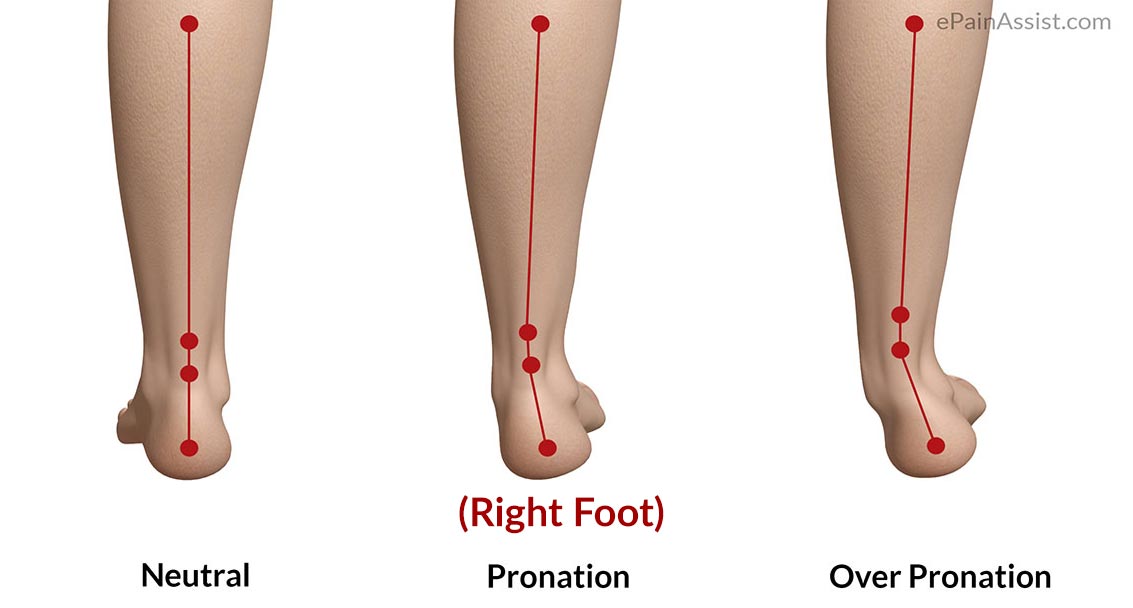Bunions can be a painful and uncomfortable foot problem that affects many people. This condition is caused by a variety of factors, including genetics, tight footwear, and poor walking posture. Fortunately, there are a number of products available that can help alleviate the symptoms associated with bunions. In this article, we will explore the effectiveness of bunion correctors, pads, braces, and socks, as explained by Tom Biernacki, in reducing the pain and discomfort associated with bunions. We will also discuss the importance of consulting with a healthcare professional to determine the best treatment plan for your individual needs.
What is a Bunion?
A bunion is a foot deformity that affects the joint at the base of the big toe. The condition is characterized by the displacement of the big toe, causing it to bend inward and the metatarsal bone to stick out. This causes the joint to become swollen and painful, which can lead to difficulty in walking and wearing shoes.
Overpronation & Anatomy ( Knees IN, Foots OUT)
Overpronation is a condition where the arches of the feet collapse and the ankles turn inward. This can cause the feet to roll inward, causing the toes to become misaligned. Over time, this can lead to the development of a bunion. The muscles in the back of the calf muscle come down around the ankle and insert into the tip of the toe. The muscles that go from the top to the top of the toe are called the Extensor Hallucis Longus. When the foot bends in, it becomes difficult to bend the big toe up. The Flexor Hallucis Longus and Extensor Hallucis Longus tendons can cause the toe to buckle inward, leading to the formation of a bunion.
Image source
Causes of Bunions
Bunions are caused by several factors, including:
- Genetics - Bunions can run in families, and people with a family history of bunions are more likely to develop them.
- Foot injuries - Foot injuries such as fractures or sprains can cause bunions.
- Footwear - Wearing shoes that are too tight or too narrow can cause bunions. High heels can also contribute to the development of bunions.
- Arthritis - Arthritis can cause joint damage, which can lead to bunions.
Symptoms of bunions
- A bulging bump on the outside of the base of the big toe.
- Pain and soreness in the affected area.
- Swelling and redness around the affected area.
- Limited movement of the big toe.
- Corns or calluses on the affected area.
Diagnosis of bunions
The Effectiveness of Bunion Correctors, Pads, Braces, and Socks
Bunion correctors, pads, braces, and socks are designed to alleviate the pain and discomfort associated with bunions. They work by reducing the pressure on the affected area, correcting the alignment of the toes, and reducing inflammation.
1. Bunion Correctors
Bunion correctors are designed to keep the toes aligned and prevent them from bending inward. They are made of soft materials such as silicone or fabric and are worn over the big toe. They can be worn during the day or at night while sleeping. They work by gently pulling the toe back into its correct position, reducing pressure on the joint, and providing relief from pain and discomfort.
2. Bunion Cushion Pads
Bunion pads are designed to cushion the affected area and reduce pressure on the joint. They are made of soft materials such as foam or gel and are placed over the bunion to protect it from rubbing against shoes. They can be worn during the day or at night and can provide relief from pain and discomfort.
3. Bunion Braces
Bunion braces are designed to provide support to the foot and prevent the toes from bending inward. They are made of sturdy materials such as plastic or metal and are worn over the foot and ankle. They can be worn during the day or at night and can provide significant relief from pain and discomfort.
4. Bunion Socks
Bunion socks are designed to provide compression to the affected area, reducing inflammation and swelling. They are made of soft materials such as cotton or spandex and can be worn during the day or at night. They can help alleviate pain and discomfort associated with bunions.
Do bunion correctors, pads, braces, and socks work?
According to Tom Biernacki, bunion correctors, pads, braces, socks, toe spacers, and bunion splints do work to help alleviate the symptoms of bunions and may even prevent them from getting worse. However, these methods are not a cure for bunions, and it is important to address the root cause of the problem, which is often related to overpronation, muscle imbalances, and poor footwear choices. These methods are most effective when used in conjunction with other interventions, such as orthotics, good shoes, and stretching and strengthening exercises.
Bunion pain relief for osteoarthritis
Bunion pain relief may not work for osteoarthritis. If you have a large bone spur or an implant causing toe jamming, it is not a bunion. Hallux Rigidus can cause limited motion, but gel pads can help. Check for the condition before using bunion pain relief.
The Bottom Line
Bunions can cause pain and discomfort for those who suffer from them. There are several factors that contribute to the development of bunions, including genetics, foot injuries, and poor footwear choices. Bunion correctors, pads, braces, and socks are designed to alleviate the symptoms associated with bunions by reducing pressure on the affected area, correcting toe alignment, and reducing inflammation. While these methods can be effective in providing relief, it is important to address the underlying causes of the condition. Consulting with a healthcare professional can help determine the best treatment plan for an individual's needs, which may include orthotics, good footwear choices, and stretching and strengthening exercises.






